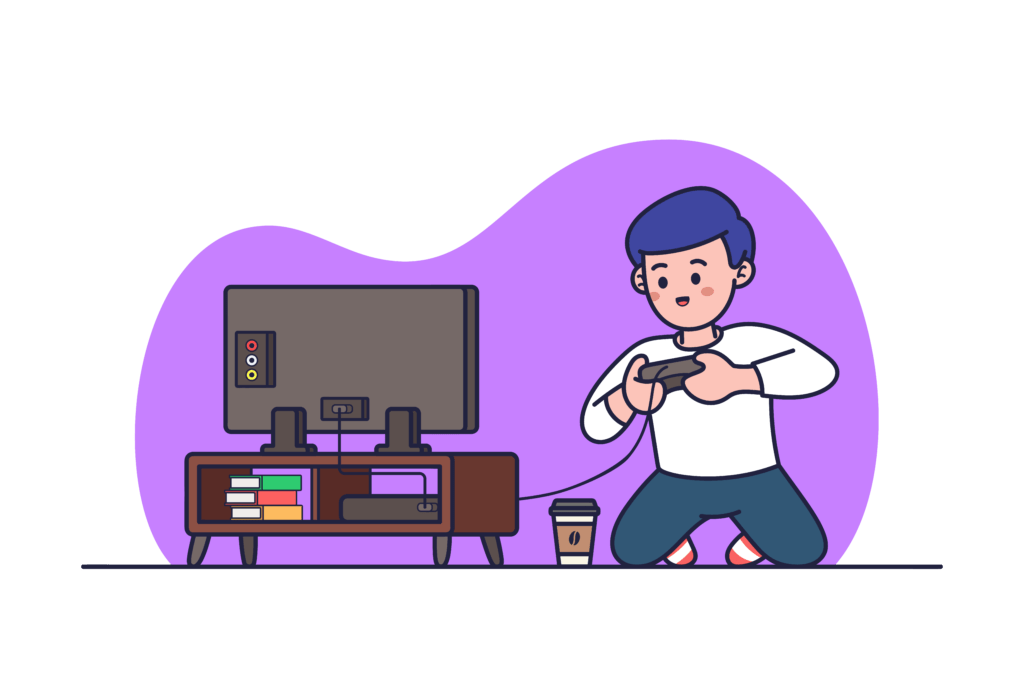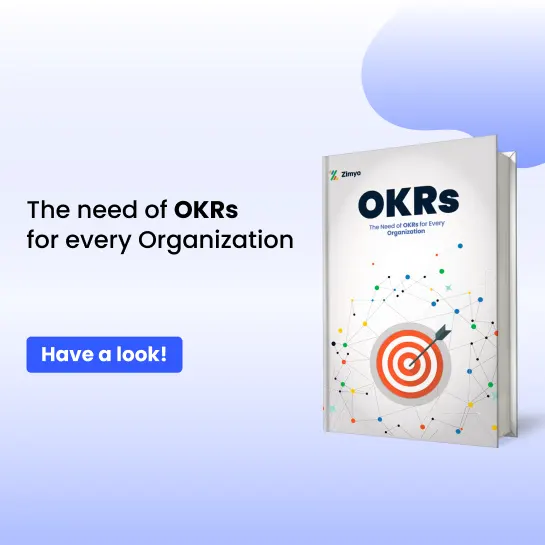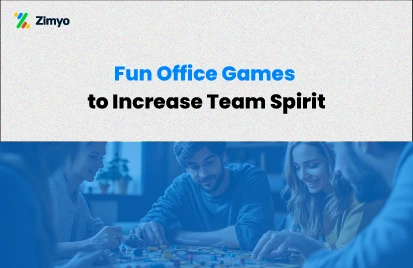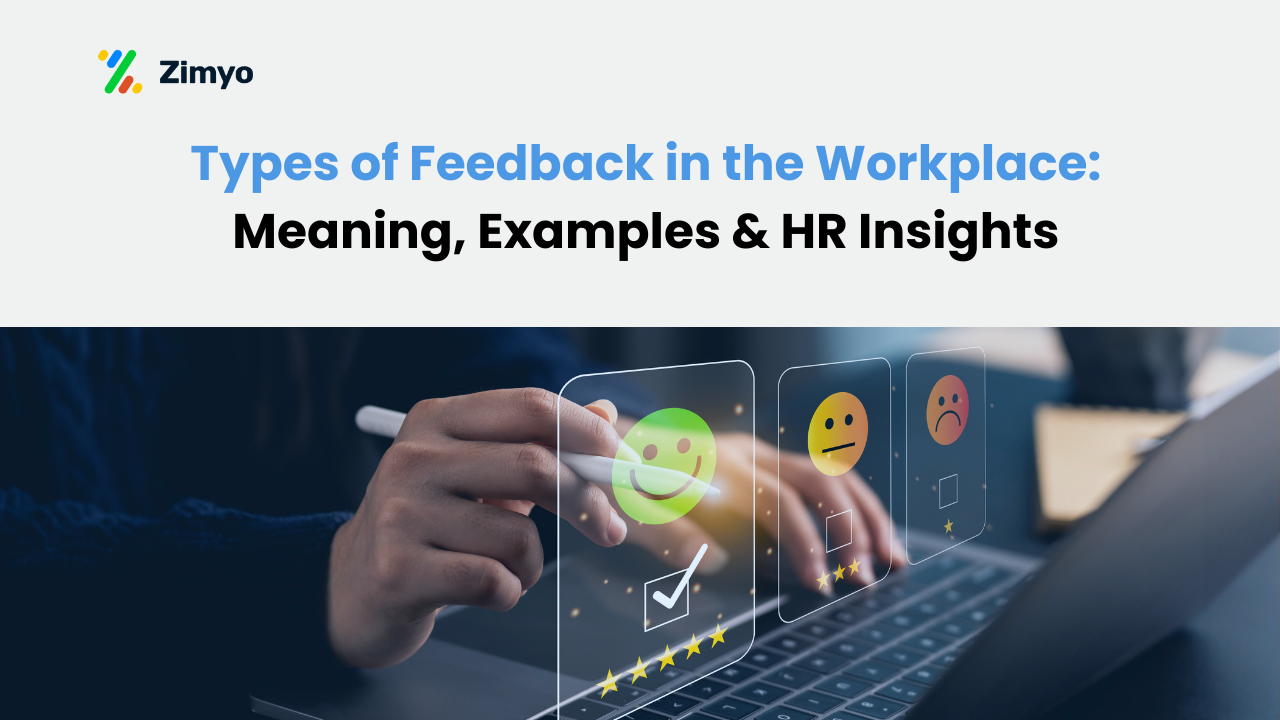The COVID-19 outbreak demonstrates that unusual circumstances demand exceptional responses. The world has lost its normalicy, freedom, and peace of mind as a result of this pandemic.
While it was important to engage the employees at every step, from onboarding to maturity, in the past, it is much more important now to keep the staff happy and productive.
Gamification, with its fun appeal, is a fantastic stress reliever, as the current crisis is certain to make everyone feel worried and alienated. It helps to calm the nerves and might be a useful cure during these trying times. Gamification in the workplace is not only a fun technique to increase engagement, but it also aids in the development of an open and learning culture!
Employee engagement is more than a task to be completed – it is a critical people measure that must be carried out on a regular basis to determine where the company is in terms of its workforce. Employees, after all, are the most crucial resources that can determine whether an organization succeeds or fails.
Because today’s employees are addicted to technology—whether it’s the latest software or a fun game—why not take advantage of this “fun element” to grab their attention?
Gamification for employee engagement aids in the achievement of both employee and organizational goals (fun, strong connections, and training, employee motivation, employee retention, education, etc.)
Gamification: A Growing HR Trend
Gamification is when a gaming concept is applied to a non-game situation, such as turning work into a game.
It includes incentives (such as points, badges, and gifts) and assigns a status or grade based on your accomplishments. Gamification is much more than a term; it’s a concept that organizations are adopting to keep their employees engaged.
Why is it so successful?
People are staying connected and playing games now more than ever, thanks to rising social media activity, the increasing use of mobile apps, and the strong presence of mobile technology. Many employees’ worlds are a great fit for gamification. It has the potential to increase their engagement and productivity in a fun, simple, and effective manner. Around 55% of workers in the United States say they want to work at a company that uses gamification.
“With regards to the Gallup employee engagement survey, gamification presents a great chance to take that 70% of your disengaged people and make them do what you really want them to do and push them to do more,” says Rajat Paharia, author of Loyalty 3.0.
What Do You Mean by Gamification?
Gamification in HR is the application of game design components such as points, trophies, and scoreboards to non-gaming situations. The following are the opinions of a few gamification thinking leaders.

According to Yu-kai Chou, a gamification author and global keynote speaker, gamification must be built around people’s “fundamental desires.” A higher purpose, achievement, empowerment, ownership, social influences, scarcity, unpredictability, and avoidance are the eight categories he divides these primary impulses into. He argues that the most enticing gamification solutions must target at least one or more of the ‘core drives’ listed above.
Gabe Zicchermann, a gamification expert and public speaker, shares an incredible story on gamification’s biochemistry. “Any time you set a goal for yourself, no matter how big or little, and you achieve it, your brain secretes a magical tiny bit of dopamine that makes you feel great. The more you repeat this ‘challenge – achievement – pleasure’ cycle, the more dopamine is released in your brain, making you want to do it again. As a result, the more you achieve, the more you want to achieve.”
The Elements of Gamification for Employee Engagement
In his book Loyalty 3.0, Rajat Paharia explains Gamification in organizations as having a few or many of the ten characteristics (also known as game mechanics):
Instant feedback:
The user receives feedback on whether he is winning or losing very rapidly after performing an action.
Leaderboards:
The user may see where he stands in relation to the rest of the users.
Goals:
The user learns where he or she is going and what they need to accomplish.
Badges:
The user is awarded badges that are a shorthand for previous accomplishments.
Leveling up:
It involves the user progressing through increasingly challenging levels.
Onboarding:
During the course of the game, the user is thoroughly trained.
Competition:
The user is in a competition with other players or groups.
Collaboration:
The user is able to assist and be guided by other users.
Community:
The user becomes a member of a group of people who share similar gaming interests.
Points:
During the game, the user receives points.
However, simply checking off the gamification elements does not guarantee a legitimate gamified solution. Brian Burke, creator of ‘Gamify,’ tells us that some companies believe gamification to be a magical elixir that might be used to brainwash crowds to do the company’s asking. Users can quickly detect poorly designed solutions and begin actively avoiding them, causing the system to crash.
Focus Areas To Use Gamification For Employee Engagement
So how to drive employee engagement with workplace gamification? As it turns out, it can help a company in a variety of ways.
✦ Development and Learning
Games can be used to teach new skills to new or existing staff. Learning tools that are gamified can help with retention and results.
✦ Customer Service
Employees may be more motivated to service clients with more efficiency and quality if they are rewarded for their achievements and awards through gamification. They also encourage employees to discuss fresh ideas and solutions with the rest of the team.
✦ Increasing Sales
Gamification can help employees work together more effectively. It rewards not only the ultimate outcome, but also all of the processes that lead up to it.
✦ Collaboration
Even if they are in separate offices around the world, teams can utilize games to share knowledge and learn from one another.
✦ Marketing
Employers can encourage staff to publish brand information on social media.
✦ Management of Inventory
Gamification incentivizes efficient processing and delivery.
✦ Human Resource Management
HR workers can use gamification to track performance reviews, enhance leadership abilities, show appreciation to peers, engage applicants, and promote referrals.
✦ Development of New Ideas
Employees can use games to help them finish work on time, cooperate more effectively, and be more efficient.
✦ Creativity
Employees that come up with fresh and unique ideas can be rewarded by their employers.
✦ Organizational Culture
Through various projects and programs, gamification can aid in the growth of the company’s culture. It can assist employees in identifying chances to contribute to the company’s culture. It can also make information about the organization and its ideals more readily available.
Gamification: The Secret Recipe for Better Employee Engagement
You must be thinking – How is gamification a tool to boost employee engagement? Here’s how incorporating gamification and employee engagement components into your workplace could revolutionize your business.
✦ It Enhances Learning & Development
According to a Harvard Business School study published in 2019, gamification in the learning process increased people’s willingness to learn, as well as their engagement with the contents and likelihood of completing the course or lesson at hand. This is a critical takeaway for companies trying to improve the engagement and effectiveness of their onboarding and training sessions for workers.
In fact, according to a survey, 83 percent of people who received gamification-based training feel more engaged at work. Consider including gamified components in this process by rewarding employees for reading specific content or passing an e-learning knowledge test.
✦ It Boosts Productivity
People are naturally encouraged to work more when they are rewarded, which in the workplace might entail coming up with new solutions to handle the problem at hand. According to research, gamification increases employee productivity by 90 percent and increases motivation by 48 percent.
Companies with remote workers should utilize employee engagement software to keep their employees engaged at work even when they are not in the office.
✦ It Attracts & Retains Young Professionals
The young workforce of today is increasingly interested in technology, particularly smartphones and video games. Companies are rapidly resorting to gamification to make the hiring process fresh and participatory, with millennials expected to make up 75% of the workforce by 2025. For their programming prospects, IT organizations are using an online hacking quiz or coding assessments.
Meanwhile, hospitality companies have employed avatar games to put candidates in various circumstances to see how they manage issues like dealing with difficult guests. Businesses can not only help attract new talent but also assure their retention through management culture that resonates with them when gamified features are incorporated at both the hiring and working stages.
✦ It Boosts Morale & Sense Of Value
According to one survey, gamified software has a direct impact on team morale, with 88 percent of employees reporting that it has made them happier at work. Employees experience a stronger sense of purpose in the organization and have a better understanding of their progress or achievements thanks to gamification, which provides continuous rewards in their day-to-day job.
While this contributes to a more favorable corporate culture, it also fosters professional friendships as peers compete in their respective jobs. Above all, gamification makes work more enjoyable by adding excitement and anticipation to otherwise mundane chores.
Organizations must decide how to respond to this new trend. Gamification, when done right, may significantly improve company culture and employee engagement. The trick is to begin with minor goals and work your way up.






